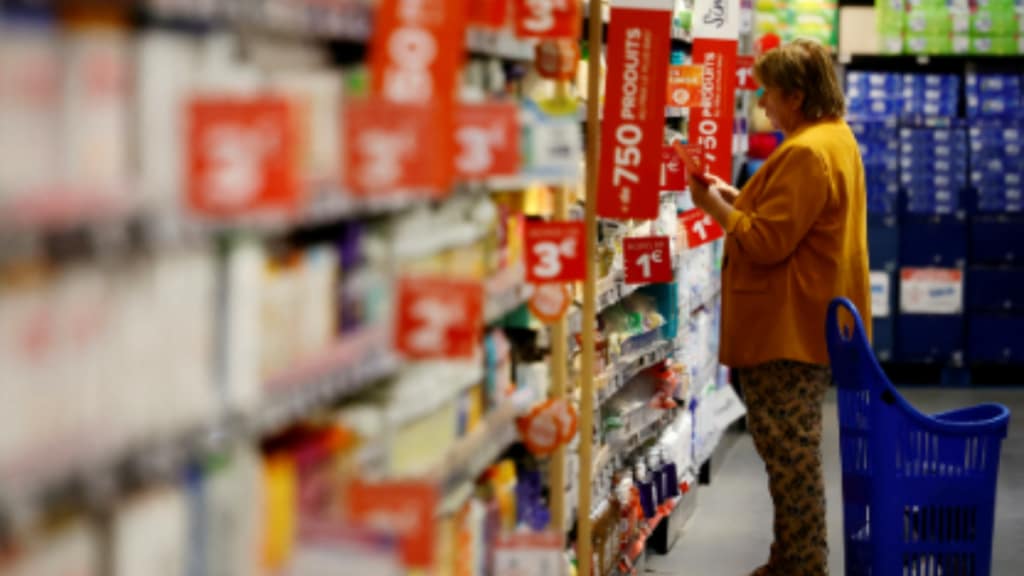More brands from organised players in the domestic fast-moving consumer goods (FMCG) space are joining the billionaire club each year, as the shift towards consumption of branded products gains traction. As many as six brands joined the club in FY24 – all digital-first brands from the Dabur stable. Billionaire brands are those with sales of Rs 100 crore and above.
Meanwhile, the brands already in the club are becoming bigger. In just a year, Hindustan Unilever’s (HUL’s) three brands – Boost, Sunsilk and Vaseline – are nearing Rs 1,000 crore in turnover, according to its latest annual report while Clinic Plus’s sales doubled from Rs 1,000 crore to Rs 2,000 crore in FY24. In all, HUL has 19 brands that reported sales in excess of Rs 1,000 crore in FY24, the same as in FY23, but more than the 16 brands on that list in FY22.
Rival ITC, on the other hand, has also strengthened its brands list, according to its FY24 annual report. Aashirvaad now turns in sales in excess of Rs 8,000 crore from Rs 7,500 crore earlier; Sunfeast does sales of over Rs 5,000 crore from Rs 4,500 crore earlier and five brands sit in the Rs 1,000-crore list including names such as Mangaldeep (agarbattis), Bingo, Yippee! (both food brands), Classmate (stationary) and Sunrise (spices).
“The shift from unbranded to branded products is happening very quickly, which explains why organised brands are touching the Rs 100-crore mark faster than before. Existing brands within the billionaire list are also increasing their turnover quickly,” says N Chandramouli, chief executive officer at TRA Research, a Mumbai-based brand insights and advisory firm.
FMCG companies are also expanding direct distribution reach and increasing advertising and sales promotion spends, which is contributing to the growth in the billionaire brand club, sector experts said. FMCG firms have spent around 10-30% more on advertising and sales promotion expenditure in FY24 versus FY23 as commodity inflation moderated, giving players room to increase their brand-building efforts, analysts tracking the market said.
The step-up in ad spends has also come as firms seek to shore up volume growth as well as fight competition from local brands. Market researchers such as NielsenIQ say that large FMCG players have demonstrated stronger sales performance especially in food categories in recent months after struggling for a few quarters with competition from local players in segments such as tea, biscuits and noodles. Non-food categories, however, have seen higher volume growth rates by smaller FMCG manufacturers in the last two quarters versus larger players, NielsenIQ said in its recent update on the market.
“This might be because smaller players face challenges in keeping prices stable in the food sector, while non-food categories have faced no such challenges. This has helped smaller players in achieving higher volume growth on the back of sharp price cuts,” the research agency said.
While larger players are fighting back, passing on pricing gains and increasing promotional and trade offers to increase volume growth in non-food categories, this may take time to show results, sector experts said.


